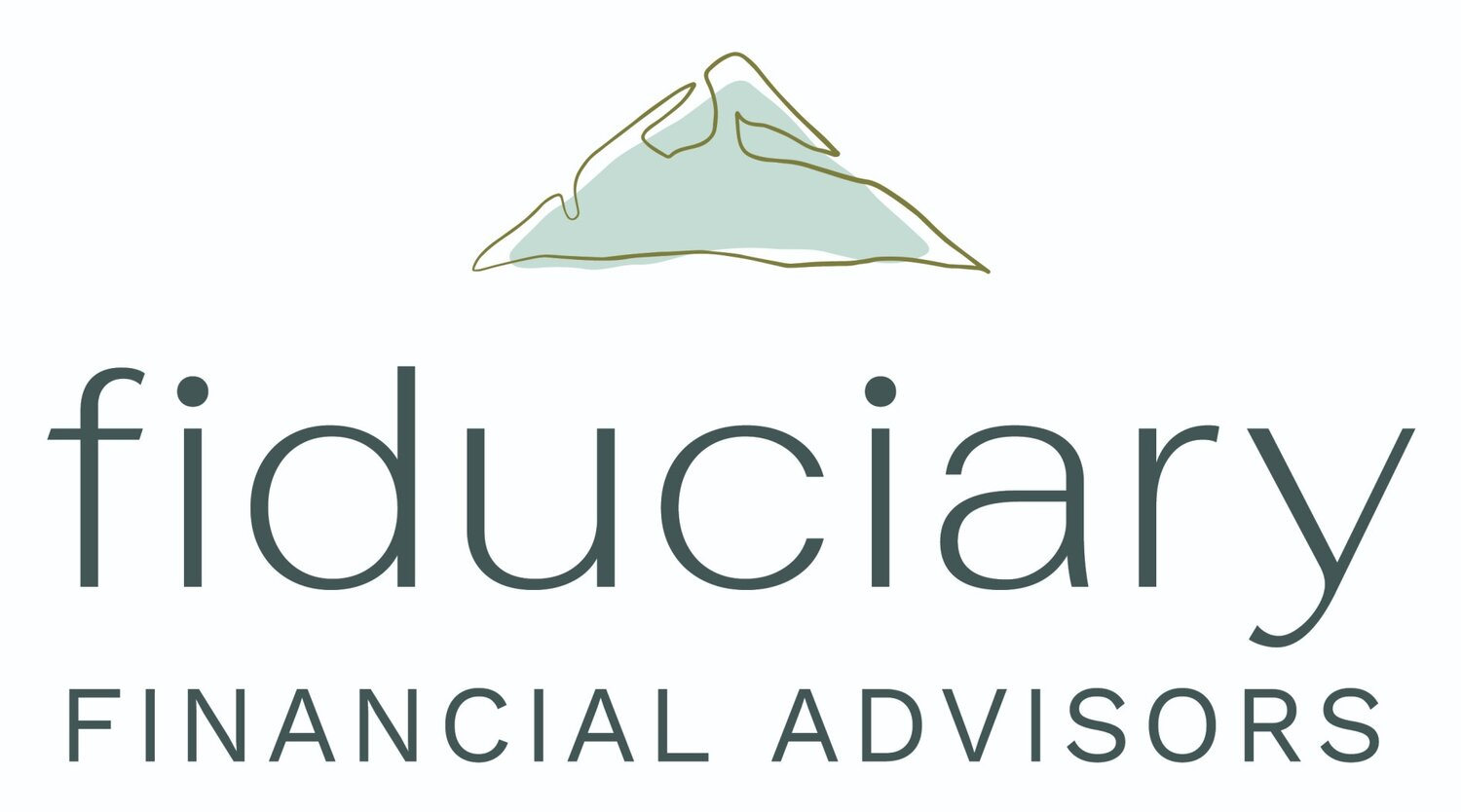The Importance of Filing Estimated Quarterly Taxes
/Navigating the tax landscape is a critical aspect of financial planning for many. One crucial component of this landscape can be the filing of estimated quarterly taxes. Unlike employees who have taxes withheld from their paychecks, individuals who generate income through self-employment, investments, or other non-traditional means must take responsibility for calculating and paying their taxes in installments throughout the year. Here, we’ll discuss the importance of filing estimated quarterly taxes, key filing dates, how to properly estimate what you owe, as well as other essential considerations.
Why Estimated Quarterly Taxes Matter
Paying estimated quarterly taxes is vital for several reasons:
Avoiding Penalties:
The IRS requires taxpayers to pay their taxes as they earn income. Failing to pay enough in estimated taxes can result in significant penalties and interest charges when taxes are filed at the end of the year. By making quarterly estimated payments, you can avoid these late fees entirely. This proactive approach helps maintain financial stability and compliance with tax laws.
Cash Flow Management:
Regularly paying taxes throughout the year helps manage cash flow, preventing a large, and usually unexpected, tax bill at the end of the year. For most, this means avoiding a sudden drain on resources that could impact other financial goals.
Financial Predictability:
Quarterly tax payments provide a clearer picture of your financial health throughout the year. By aligning your tax payments with your income streams, you can make more informed decisions about budgeting, investments, and business expenditures.
Key Filing Dates
The IRS has set specific deadlines for paying estimated quarterly taxes:
First Quarter: April 15
Second Quarter: June 15
Third Quarter: September 15
Fourth Quarter: January 15 of the following year
Please be mindful that if the due date falls on a weekend or holiday, the deadline is extended to the next business day. Missing these deadlines can trigger late payment penalties, so it’s crucial to mark your calendar and set reminders.
It is important to note that these quarterly dates are not aligned with traditional fiscal calendars. The second and third quarters were adjusted in the 1960s to align with the Congressional budget year which starts on October 1. This timing allows the government to receive an additional quarter of tax payments before the new fiscal year begins.
Estimating What You Owe
Accurately estimating your quarterly taxes involves a few key steps:
Calculate Your Expected Income:
Estimate your total income for the year from all sources, including self-employment, investments, rental properties, and any other income streams. This estimate should be as accurate as possible to avoid underpayment or overpayment.
Deduct Allowable Expenses:
Identify and subtract any business expenses and deductions for which you are eligible. This might include costs related to operating your business, such as supplies, travel, and home office expenses. Ensure you keep detailed records and receipts to substantiate your deductions.
Subtract your deductions from your total income to get your taxable income.
Special Considerations
Safe Harbor Rule:
To avoid underpayment penalties, the IRS provides a "safe harbor" rule. If you pay at least 90% of your current year’s tax liability or 100% of the previous year’s liability (110% for high-income earners), you can avoid penalties. This rule provides a buffer for taxpayers whose income might vary year-to-year, offering some peace of mind.
Income Fluctuations:
For individuals with fluctuating incomes, such as seasonal businesses or commission-based earners, it may be beneficial to use the annualized income installment method. This method allows you to pay estimated taxes based on the actual income earned during each quarter. This approach can help ensure that your tax payments more accurately reflect your income patterns.
Given the complexities of estimating taxes, especially for those with diverse income streams, consulting a tax professional or financial advisor can provide valuable insights and help ensure accuracy. A professional can also help you identify potential deductions and tax-saving strategies, keeping you compliant with tax regulations while optimizing your tax liability.
Filing estimated quarterly taxes is a critical responsibility for many entrepreneurs, small business owners, and high-net-worth families. By understanding the importance of timely and accurate payments, knowing the key filing dates, properly estimating what you owe, and utilizing available resources, you can avoid penalties, manage your cash flow more effectively, and maintain control over your financial future.
Filing estimated quarterly taxes does not have to be a daunting task. With careful planning and the right approach, you can stay ahead of your tax obligations and focus on what you do best— growing your business and managing your wealth.
Recent Articles Written By Andrew:
Recent Publications Featuring Andrew:
Podcasts Featuring Andrew:
Fiduciary Financial Advisors, LLC is a registered investment adviser and does not give legal or tax advice. Information presented is for educational purposes only and does not intend to make an offer or solicitation for the sale or purchase of any securities. The information contained herein has been obtained from a third-party source which is believed to be reliable but is subject to correction for error. Investments involve risk and are not guaranteed. Past performance is not a guarantee or representation of future results.
Fiduciary Financial Advisors does not give legal or tax advice. The information contained does not constitute a solicitation or offer to buy or sell any security and does not purport to be a complete statement of all material facts relating to the strategies and services mentioned.
















A cash balance plan helps business owners save more for retirement while lowering taxes. With higher contribution limits than a 401(k) and tax-deferred growth, these plans offer major financial advantages. Employers fund the plan, providing stable benefits for employees. While they require annual contributions and administration, the tax savings and wealth-building potential make them a smart choice for high-income professionals.